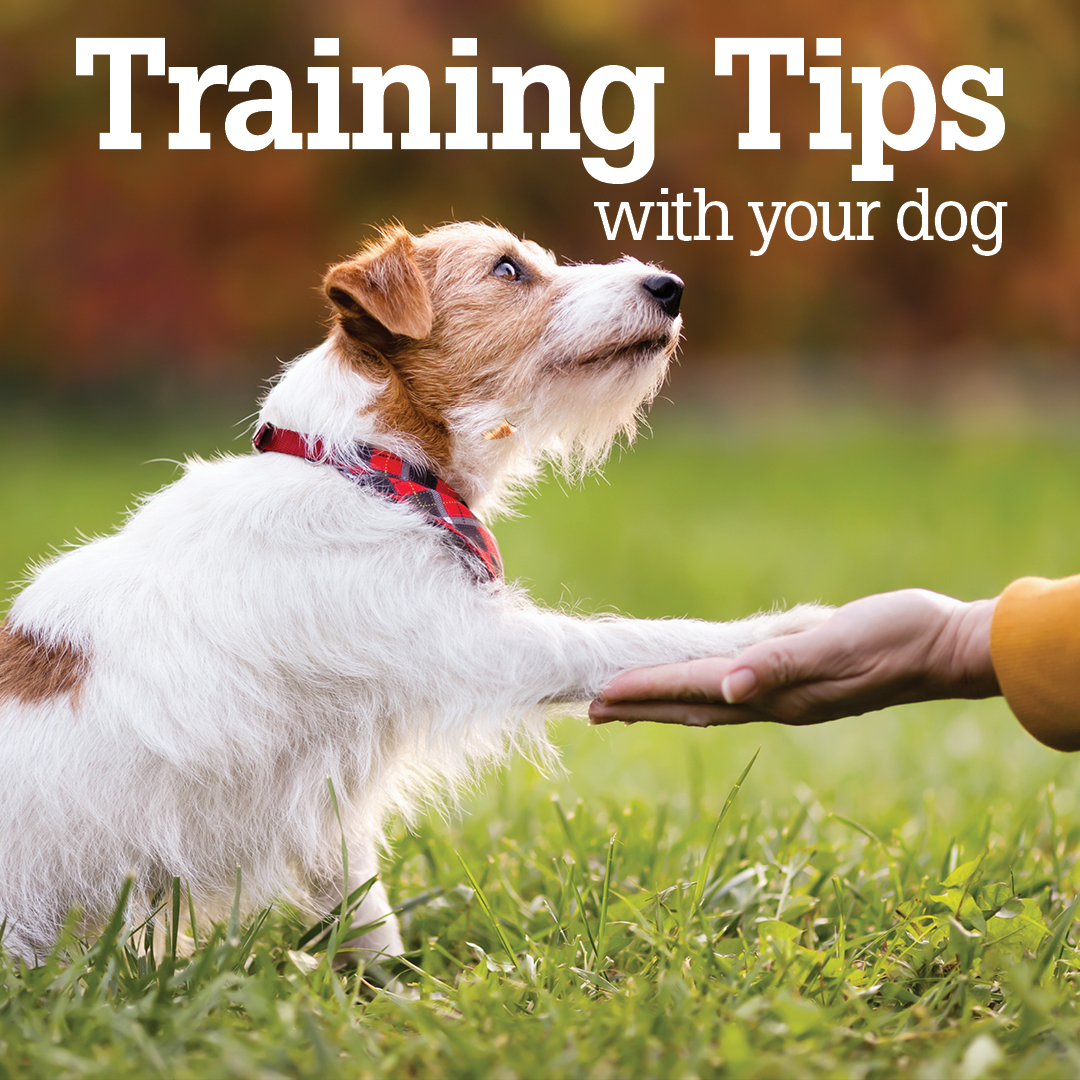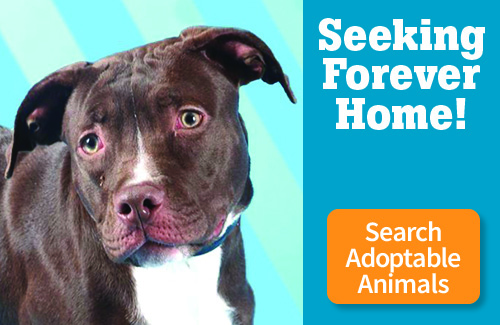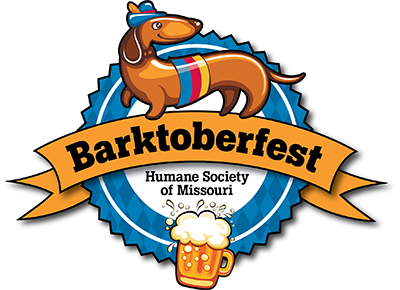Pet Care and Behavior Library
Browse through our free collection of useful resources for pet care, training, behavior and more!
Select animal type
Filter - All
For Cats & Kittens
For Dogs & Puppies
trainer
traveling
tricks
wagging
wait
Select topic
All topics
Aggression
General Information
Pet Communication
Problem Behaviors
Puppies
Training & Play
Your New Pet
barking
biting
chasing
children
crate
digging
fear
health
Litter box
play
socialization
spraying
stress
training
urination
accidents
activity toy
adoption
aging
AVSAB
babies
behaviorist
CAAB
calm
cat toy
chew toy
chewing
clawing
clicker training
cognitive dysfunction
collar
come
compulsive
coprophagia
crate training
diet
dinner
Dip ACVB
DISHA
displacement
dog toy
dog trainer
doorbell
down
drop
enrichment
exercise
feeding
fetch
follow
food guarding
games
give
greeting
guilty
habituation
handling
harness
head tilt
house training
indoor cat
introduction
jumping up
kennel
Kids
kong
learn to earn
leave it
Litter
localization
marking
moving
muzzle
nail trimming
neuter
new dog
nocturnal
nylabone
obesity
old dog
Osteoarthritis
outdoor cat
overweight
pain
petting
phobia
possessive
potty training
predatory
punishment
redirected
reinforcement
rewards
routine
scratching
second cat
senior
senior pet
settle
sit
soiling
stand
stay
stereotype
stool
sucking
take it
target training
teeth cleaning
teething
tone
toothbrush
trainer
traveling
tricks
wagging
wait
Select animal type
Filter - All
For Cats & Kittens
For Dogs & Puppies
Topics
All topics
Aggression
General Information
Pet Communication
Problem Behaviors
Puppies
Training & Play
Your New Pet
aging
barking
chewing
children
crate
digging
fear
health
introduction
Litter box
socialization
stress
training
urination
accidents
activity toy
adoption
AVSAB
babies
behaviorist
biting
CAAB
calm
cat toy
chasing
chew toy
clawing
clicker training
cognitive dysfunction
collar
come
compulsive
coprophagia
crate training
diet
dinner
Dip ACVB
DISHA
displacement
dog toy
dog trainer
doorbell
down
drop
enrichment
exercise
feeding
fetch
follow
food guarding
games
give
greeting
guilty
habituation
handling
harness
head tilt
house training
indoor cat
jumping up
kennel
Kids
kong
learn to earn
leave it
Litter
localization
marking
moving
muzzle
nail trimming
neuter
new dog
nocturnal
nylabone
obesity
old dog
Osteoarthritis
outdoor cat
overweight
pain
petting
phobia
play
possessive
potty training
predatory
punishment
redirected
reinforcement
rewards
routine
scratching
second cat
senior
senior pet
settle
sit
soiling
spraying
stand
stay
stereotype
stool
sucking
target training
teeth cleaning
teething
tone
toothbrush
trainer
traveling
tricks
wagging
wait





